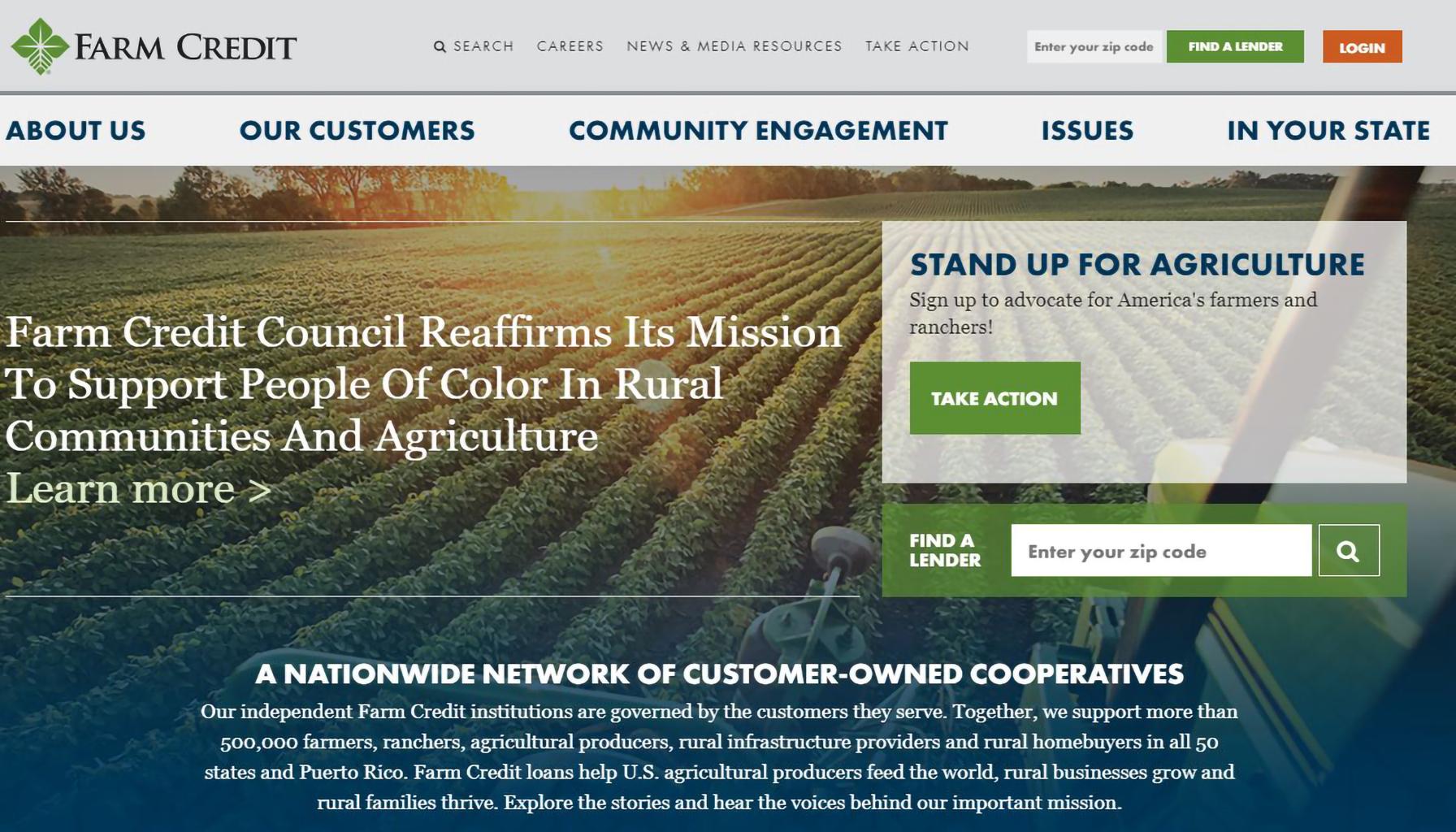A new report calls for increased accountability in the Farm Credit System, which provides funding to farmers in underserved communities. The research examines the system, highlighting risks and proposing improvements for fairness and sustainability.
Dr. Joshua Humphreys, report lead author and president of the Croatan Institute, notes that the Farm Credit System, responsible for approximately 45% of all agricultural loans, lacks transparency in allocating funds to small, midsized, or socially disadvantaged farmers.
Humphreys emphasizes that minority homebuyers are significantly underserved, with no available demographic data related to race, ethnicity, or gender, unlike other equal lending opportunity sectors.
The report reveals that most Farm Credit System loans favor large operations, with less than 20% directed to small or beginning farmers. Humphreys views these findings as an opportunity for the system to reduce disparities.
Additionally, the report criticizes the system’s inadequate climate-related reporting and suggests prioritizing sustainability in lending practices. Over recent decades, farmers have faced escalating risks, including higher temperatures, severe storms, and wildfires.
David Beck, director of policy at Self-Help Credit Union and report contributor, suggests the system should assist farmers, both small and large, in transitioning to eco-friendlier practices, such as regenerative agriculture, which may involve significant initial costs.
Governance issues, like board members serving beyond their terms, are also addressed. Humphreys stresses the importance of resolving these issues to prevent taxpayer bailouts in crises.
The report underscores agriculture’s vulnerability to environmental, social, and governance risks and opportunities. Humphreys urges the Farm Credit System to abandon its delayed response compared to other Government-Sponsored Enterprises.
Recommendations include conducting further climate research, implementing Green and Impact Bonds, and establishing a grant set-aside program through congressional mandate.


